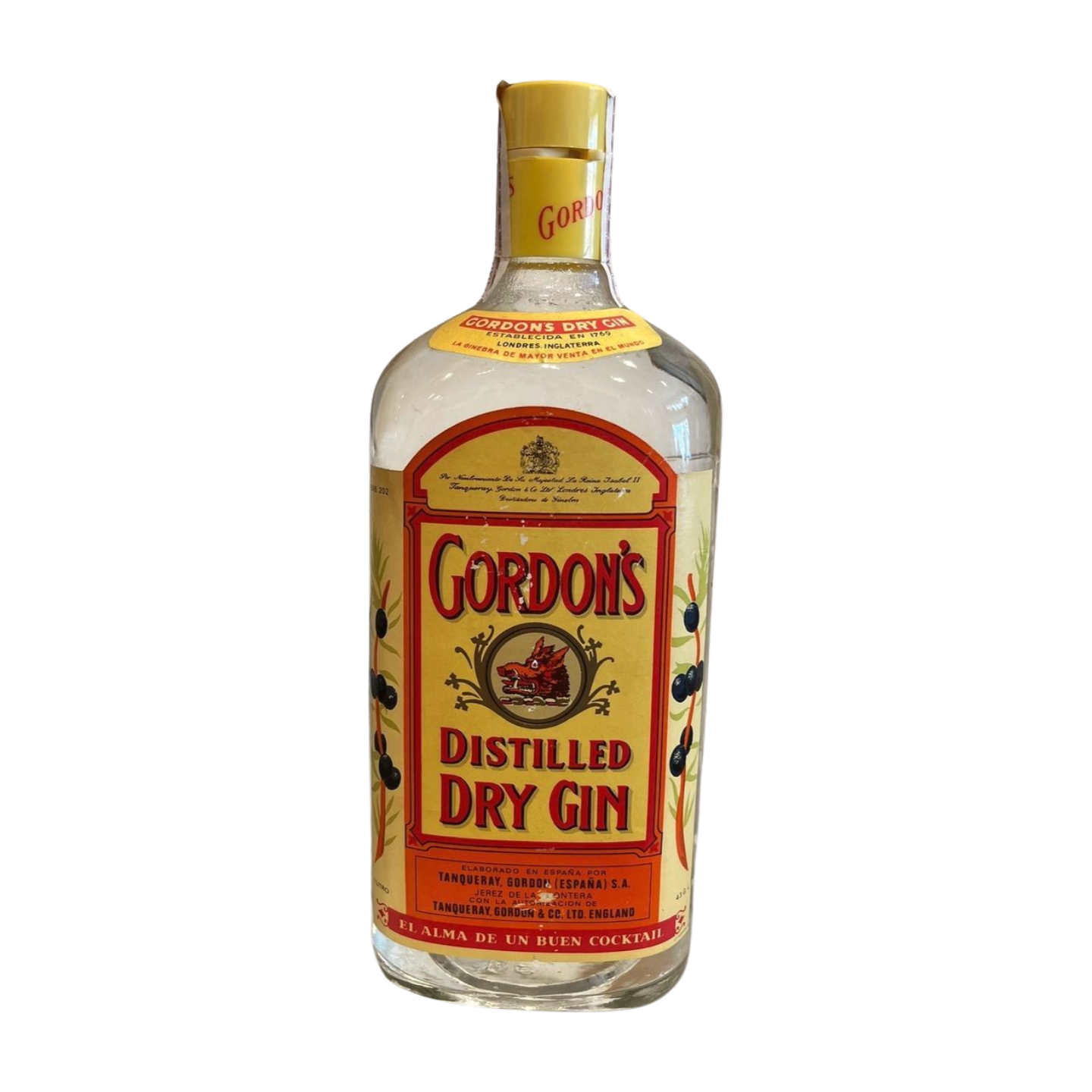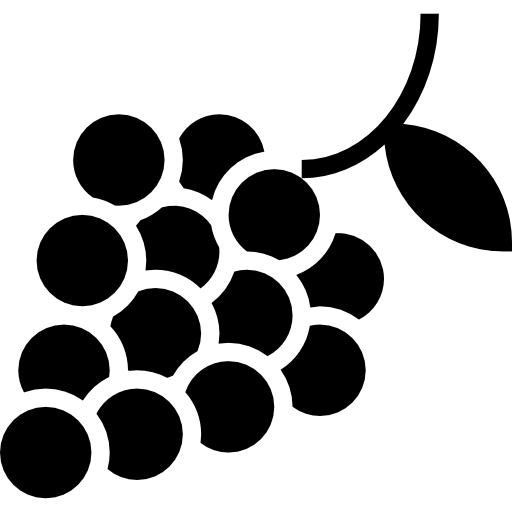Gordon's gin, ubiquitous in bars and homes worldwide, has maintained its core identity throughout the decades. Yet, subtle shifts in production and taste have occurred between the 1970s and the present. Both eras reflect Gordon's commitment to a London Dry style, but differences in sourcing, distillation, and bottling practices have led to discernible variations.
In the 1970s, Gordon's gin, while adhering to its established recipe, often exhibited a more pronounced juniper character. This was partly due to the sourcing of juniper berries, which could impart a bolder, more resinous note depending on the harvest and region. Distillation practices, even with consistent equipment, could have resulted in slight variations in the extraction of botanical oils. While always neutral grain, the base spirit had subtle differences in production, affecting the final product's overall profile. Bottling strengths, while generally consistent, could have experienced minor fluctuations.
Today, Gordon's production emphasizes consistency and efficiency. Modern distillation techniques, including precise temperature control and advanced filtration, ensure a more uniform product. While juniper remains the dominant note, it is often perceived as slightly more restrained compared to the 1970s. The emphasis is on a balanced botanical blend, with citrus and coriander notes playing a more prominent role. Filtration and bottling processes are highly standardized, producing consistent products across batches.
Tasting notes from the 1970s Gordon's often highlight a robust juniper presence, with a slightly more rustic and earthy character. The citrus notes, while present, were often perceived as secondary to the juniper. Today's Gordon's, in contrast, presents a more refined and balanced profile. The juniper is still present but is complemented by a brighter citrus character and a more pronounced coriander spice. The overall impression is smoothness and consistency, with a clean and crisp finish. The 1970s version might have a more "wild" juniper edge, while the modern version is more "polished" and broadly appealing. While both eras deliver a London Dry style, the modern Gordon's prioritizes a consistent, approachable profile, whereas the 1970's expression, while still recognizably Gordon's, may exhibit subtle variations reflecting the natural fluctuations of botanical sourcing and older production methods.







